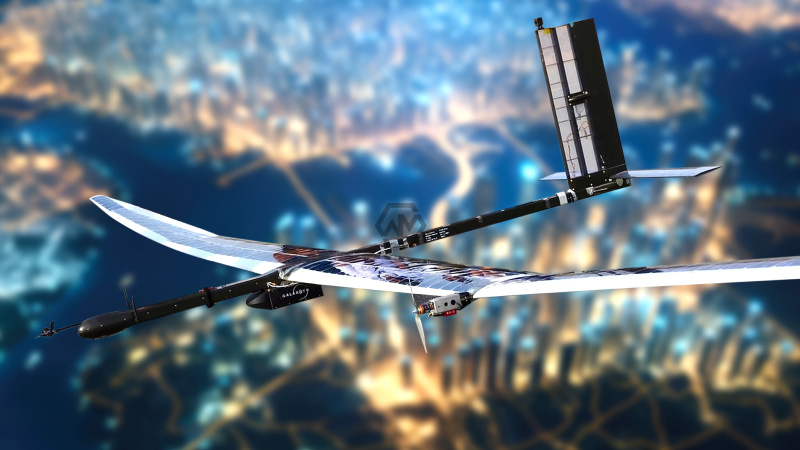- The space startup from India A drone that can fly up to 18 kilometers in the air has been used by GalaxEye.
- CSIR-NAL developed the HAPS platform, which was tested on May 13 at a height of 7.62 km.
- GalaxEye’s focus is still on optimizing SAR with low SWaP features.
The space startup from India A drone that can fly up to 18 kilometers in the air has been used by GalaxEye to test a synthetic aperture radar (SAR) that was manufactured in-house.
CSIR-National Aerospace Laboratory (CSIR-NAL) developed the High Altitude Pseudo-Satellite (HAPS) platform, which was tested on May 13 at a height of 25,000 feet (7.62 km). It is intended to progressively scale up the SAR for testing at a height of 7 km after it was tested at one km.
GalaxEye
SAR has enormous promise for disaster management and environmental monitoring, and its combination with the HAPS platform promises to greatly improve intelligence gathering and national security.
To uncover the distinctive phenomenology and place India at the forefront of SAR innovation, GalaxEye’s focus is still on optimizing SAR with low SWaP features.
Currently operating at a height of about eight kilometers, the HAPS platform will eventually be able to fly for extended periods at an altitude of eighteen kilometers. Because of the all-weather, all-time image quality of SAR, flying HAPS with SAR in the stratosphere provides previously unheard-of possibilities for extended aerial surveillance.
In addition to creating India’s first UAV SAR system for the defense industry, GalaxEye is leading the way in the development of the first multi-sensor earth observation satellite in history and has completed more than 200 successful flights.



